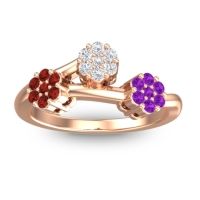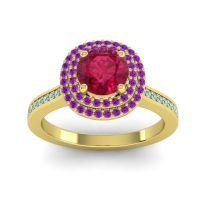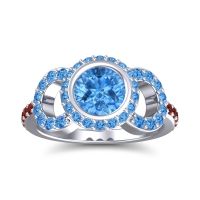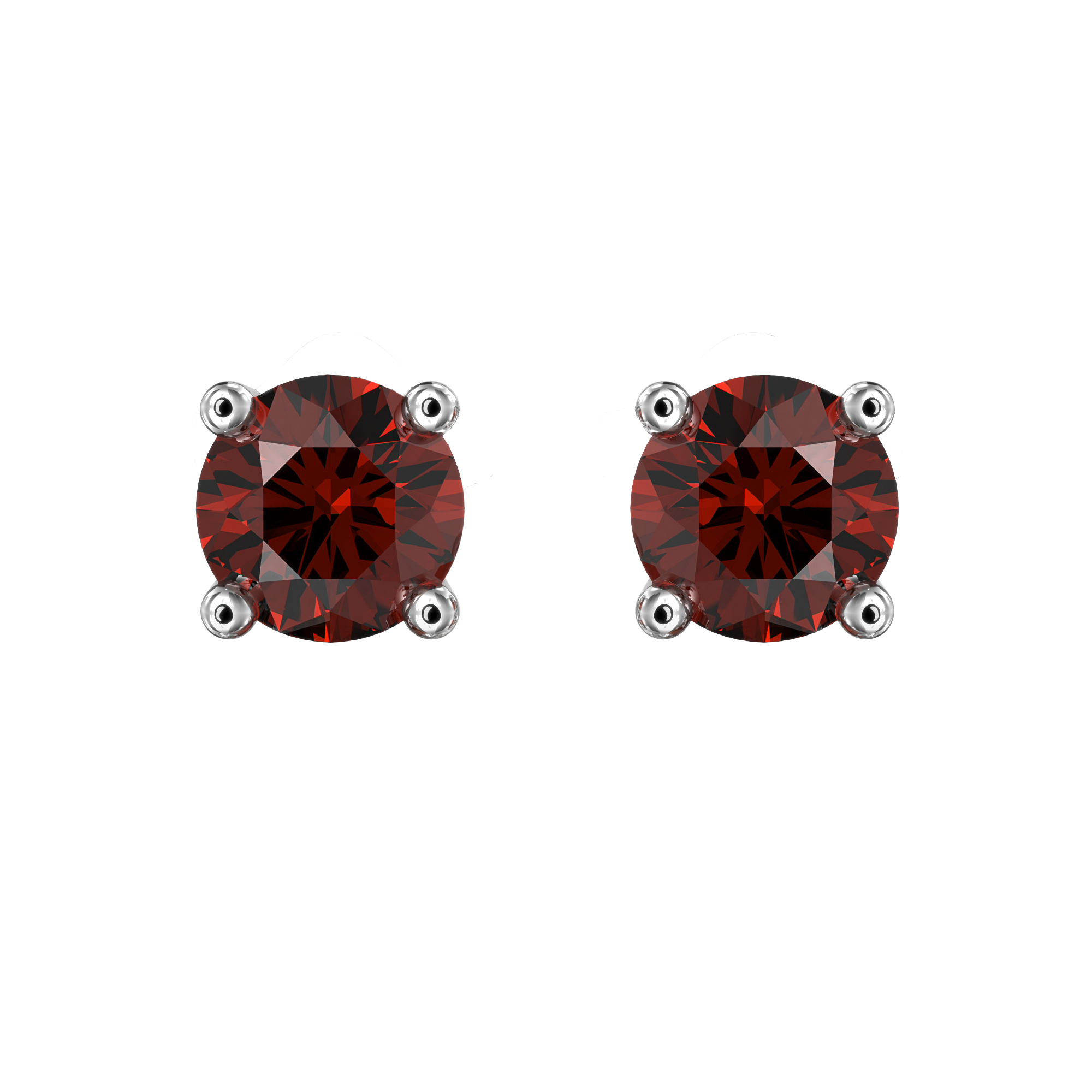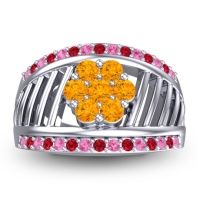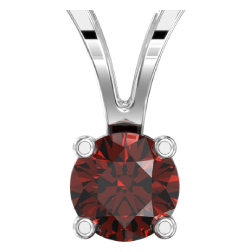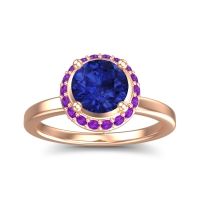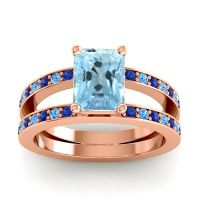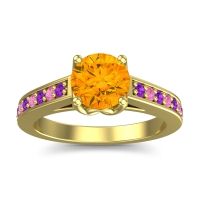Gemstone Guide - Palladium
Color
Cool Silvery White
Advantages
- Platinum Alternative
- Durable and Strong
- Heavier
- Luxurious
- Does not tarnish
- Hypoallergenic
Purity
95% Palladium, 5% Alloy/90% Palladium, 5% Alloy
For those seeking a true platinum alternative, palladium possess all the desirable qualities found in its metallurgical counterpart at half the price. The rare metal was once used only as an alloy in making durable gold. During the 1930s, it joined the precious metals as a centerpiece in fine jewelry.
As a member of the platinum group, palladium is similar to platinum in appearance, durability, and hardness. It’s most noticeable difference is density as palladium is much lighter. Palladium jewelry is made using 90-95% palladium and 5-10% alloy. This high purity grade is preferred for individuals with metal allergies. Palladium is produced using 10% alloy or less of iridium and ruthenium. As a result, the metal does not tarnish nor does it require any kind of replating.
Storage
- Securely store in non-abrasive or velvet like pouches and fabric lined jewelry boxes
- Avoid keeping multiple pieces together
Cleaning
- Using a soft brush, clean gently in warm water and mild dish soap
- Dry with a soft cloth, lint-free if possible
- Do not use metallic brushes, corrosive cleaning solutions (such bleach and chlorine), or paper towels and tissues.
- If jewelry develops sheen, use a jewelry cleaning solution









































































































































































































































































































































































































































































































































































































































































































































